It’s time to unlock Amla-the power of Amalaki. Indian Gooseberry, often known as Amla or Amalaki. It is a flowering plant that produces tiny yellowish-green fruits. Since the Ayurvedic era, it has been the best fruit tree. The fruits are sour in taste and rich in nutritional value. We Indian consider as a superfood and consume it in a different form & now the world accepted the power of this superfruit.
Amla | Amalaki: Botanical Name & Family
Amla is a member of the Phyllanthaceae family and goes by the generic name Phyllanthus Emblica. This superfood fruit is commonly found in India and known by various names in different languages.
In Sanskrit, it is known as “Amla,” which means sour, and is also called “Amalaki.”
In English, it is commonly known as Indian Gooseberry or simply Amla.
Other regional names for Amla in India include:
- Tamil & Malayalam: It is known as Nellikai.
- Telugu: It is known as Usiri.
- Hindi: In North India, it is famous as Awla.
- Bengali: Bengali people call by the name Amloki.
It is one of the supreme ingredients in Ayurvedic medicine, & known for its numerous health benefits.
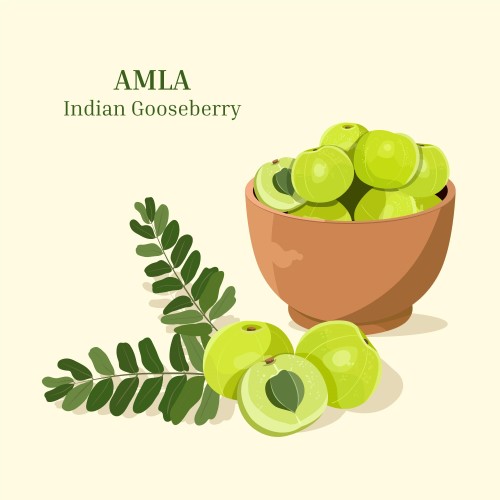
Origin of Indian Gooseberry
- Indian Gooseberry is a native plant of India, Pakistan, and Bangladesh, and it is widely grown in tropical and subtropical regions of South Asia. It is also commercially produced in northern India.
- Season –Harvested between October to February. The ideal growing period of Indian Gooseberry is from mid to late June – July.
Where does Indian Gooseberry or Amalaki found in India?
India is well-known for producing Indian gooseberry fruit in two of its states, Uttar Pradesh and Himachal Pradesh.
Uttar Pradesh is India’s largest state, accounting for 35% of global gooseberry production. While India is a leading producer of amla, we can’t say that accurately because amla is grown in many parts of India, such as Maharashtra, Gujarat, and Rajasthan, so Uttar Pradesh and Himachal Pradesh are indeed two of the leading amla-producing states in India.
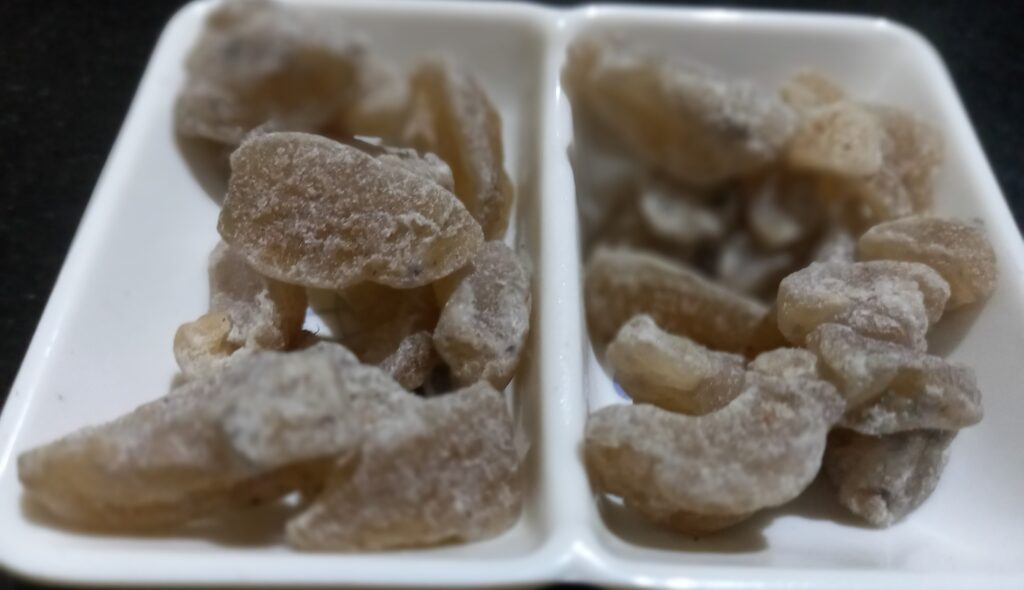
History of Amalaki
The ancient super berry emerges from India. Many historical events are linked to the amla. According to one mythology, when Brahma was immersed in Vishnu’s meditation, tears started to fall from Vishnu’s eyes and dropped to the earth. It’s believed that the amla tree is grown from Vishnu’s tears.
According to the second mythology, there is a fight between demons and gods after the Ksheera Sagar Manthan. Amrit began to drop to the earth.
As a result, Amrit drops turned into amla. So we can say amla is not new on earth & it is ancient.
Trade of Amalaki | Indian Gooseberry
India is the highest producer of Indian Gooseberry in the world. India exports a significant amount of Indian Gooseberry & its derivatives to other parts of the world.
United States, Japan, Malaysia, Russia, Bangladesh & Nepal are the highest imported of this superfruit. After the COVID-19 outbreak, this superfruit is highly in demand as an immunity booster & Korea also started importing Indian Gooseberry.
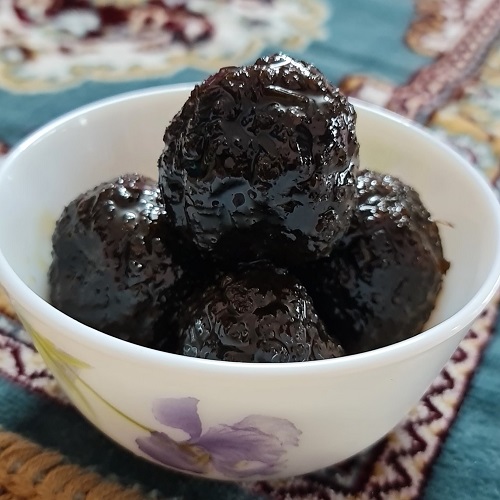
Amalaki or Indian Gooseberry - As per Ayurveda
- Rasa: The fruit has five flavours, including sweet, bitter, pungent, and sour, in addition to being sour and astringent.
- It has a cooling impact, says Veerya (nature).
- Indian Gooseberry is referred to as Vipaka in Ayurveda because of its potent digestive properties. That is why people nowadays take it in the form of candy or sweet murabba.
It possesses all the significant features that positively affect human health.
Effects of the doshas on the humour the three doshas—Vata, Kalpa, and pitta—are calmed; pitta is particularly well-suited for this.
It has a cooling effect, & frequently used in medicines to treat fever, many types of inflammation, and burning pains, which are signs of pitta (fire) agitation.
Despite the extensive distribution of these super trees, amla trees are now cultivated, due to the popularity of their fruits, particularly for usage in manufacturing Chyawanprash, Triphala, and ayurveda & after COVID-19 people started knowing the power of immune boosters, and this superfood is well suited for that.
Benefits and Uses
Amla is very beneficial for health as well as in the fields of medicine and ayurveda. Amla is a superfood because of its phytonutrients and antioxidants, which are beneficial for memory by fighting against free radicals that can attack brain cells. Amla is rich in high concentrations of vitamin C. It contains the same vitamins as three oranges and sixteen bananas that help your body produce norepinephrine, which improves brain function in people with dementia.
Hair
- Benefits of drinking amla juice for hair growth due to the presence of carotene in amla and its iron content and general antioxidant capacity, which produce hair growth by reducing hair loss, premature hair loss, etc.
Eye
- Regularly using amla is good for improving eyesight. One study found that amla reduces intraocular pressure while improving myopia and cataracts. Carotene content has a significant impact on vision conditions. Although vitamin A also slows down macular ageing, night blindness, etc.
Calcium
- As we all know, calcium is crucial for strong bones, teeth, nails, and beautiful hair. The benefits of Amla influence calcium absorption. So regularly using Amla enhances the calcium level.
Diabetes
- Amla is a great benefit for chromium & eating amla is an excellent way to lower blood sugar levels since it helps to stimulate the cells that generate insulin & also brings the sugar level back to normal.
Digestion
- Indian gooseberries is high in fiber which is helpful for healthy digestion. It also gets rid of constipation issues. It helps the body digest partially digested food.
Heart Health
- It is useful for a variety of health conditions, such as lowering high cholesterol, enlarging blood vessels, lowering the risk of strokes, etc. The iron level also encourages the production of new red blood cells, improved circulation, and greater oxygenation of organ cells.
Effects Against Infections
- It has antibacterial and astringent qualities, which boost the body’s immune system. It is also highly rich in vitamin C, it is widely known for its potent antioxidant effect and capacity to strengthen the immune system. It also increases WBC( white blood cells) county in the body, which is the immune system’s first line of defence against pathogens and foreign objects in the blood and throughout the body.
Anti-ageing
- Its ability to act as an antioxidant aid that reduces the body’s free radicals. Free radicals have related to signs of ageing as wrinkles and age spots.
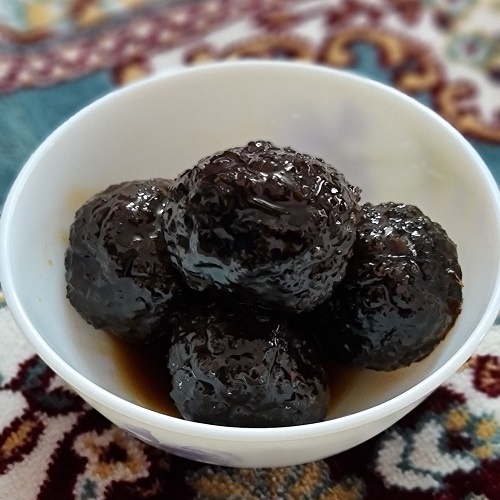
Which type or form of amla is present in the market
- Juice
- Pickle
- Amla Murabba
- Dried Amla
- Amalaki Powder
Industries uses Indian Gooseberry worldwide
- Beverage industry
- Pharmaceutical Industry
- Cosmetic Industry
- Food Industry
- Dietary Supplements
We are grateful to Ms. Khan Shadma Malik for her insightful article on Indian Gooseberry, which explores the diversity and wealth of Indian culture via food. All the knowledge and food history from the Indian Subcontinent is what we at the Indian Food Therapy platform wish to deliver.
Please stay tuned to learn more about the best historical accounts of Indian cuisine.
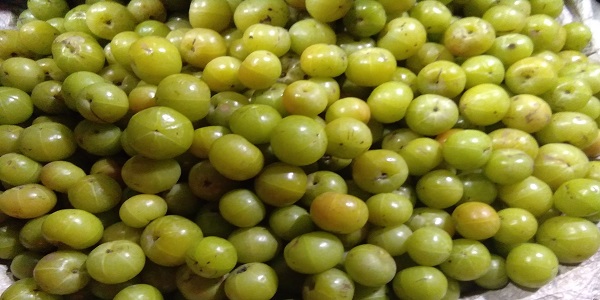

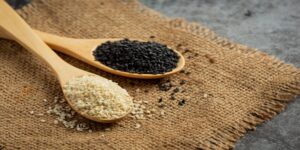
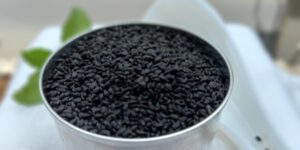
I never thought of the benefits of awla , i just ate them as a fruit 😅😅.
Useful info .. thanx shadman khan
Wow very useful info about Amla,
I never knew that Amla has such
amazing benefits
Nice Blog there by Shadma Khan
Loved to know the different regional names of amla great to know the variety of items made from amla.
I was not knowing such a beneficial according to health love to read so much info just in short blog love it
Useful info …shadman
Nice information about gooseberry n its uses
It’s a very informative Blog. Got to know so much about amla. Nicely presented. Keep it up.
Ohh interesting…I never thought these much forms of amla is present in market…very useful information.
Thanks shadman khan
“Thank you for sharing such informative posts about amla. It’s great to learn more about its history and cultural significance. I appreciate the health benefits and its proper uses given by shadman khan. Keep up the good work!
“